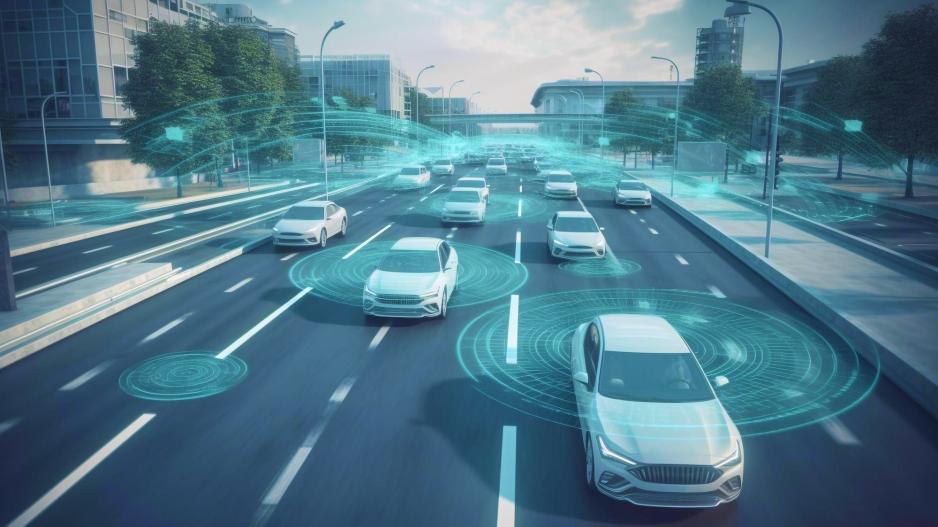AI Aims to Reduce Road Accidents and Insurance Costs
Experts Highlight Benefits of Advanced Driver Assistance Systems.
Artificial intelligence can not only reduce road accidents but also lower car insurance premiums, as compensation for accidents will significantly decrease. At the same time, it offers the opportunity to analyze driving habits and driver behavior, influencing the final insurance premium to some extent.
This technology can deliver benefits, provided it fully complies with the EU General Data Protection Regulation (GDPR). Nevertheless, it can utilize driving habits and driver behavior to generate predictive analytics, offering valuable real-time insights.
The technology company Geotab already uses devices to collect vehicle data and create predictive analyses of driver behavior, identifying dangerous habits such as rapid acceleration or sudden braking during driving. Based on a series of data, it can predict the likelihood of accidents. The company claims its predictive approach has resulted in a 25% reduction in fleet collisions.
On the other hand, advanced driver assistance systems (ADAS), which use data from cameras, radars, and sensors, alert drivers to potential hazards. By analyzing driving patterns, such as frequent lane departures and imminent collision risks, these systems can make adjustments and intervene automatically, for example, by braking or steering to avoid an accident.
A significant part of the effort to implement artificial intelligence is being driven by insurance companies aiming to substantially reduce accidents to avoid compensation payouts. This effort yields a dual benefit: not only are accidents reduced, but insurance premiums can also become cheaper for drivers who exhibit safe driving behaviors.
Finally, artificial intelligence can take into account certain weather patterns, road conditions, and peak traffic hours that create higher risk levels to draw useful conclusions about driving behavior. Additionally, an important consideration is the use of "black boxes" in vehicles, which record the vehicle's movements and the driver's behavior, providing a comprehensive overview of the conditions inside and outside the car at any given time.






